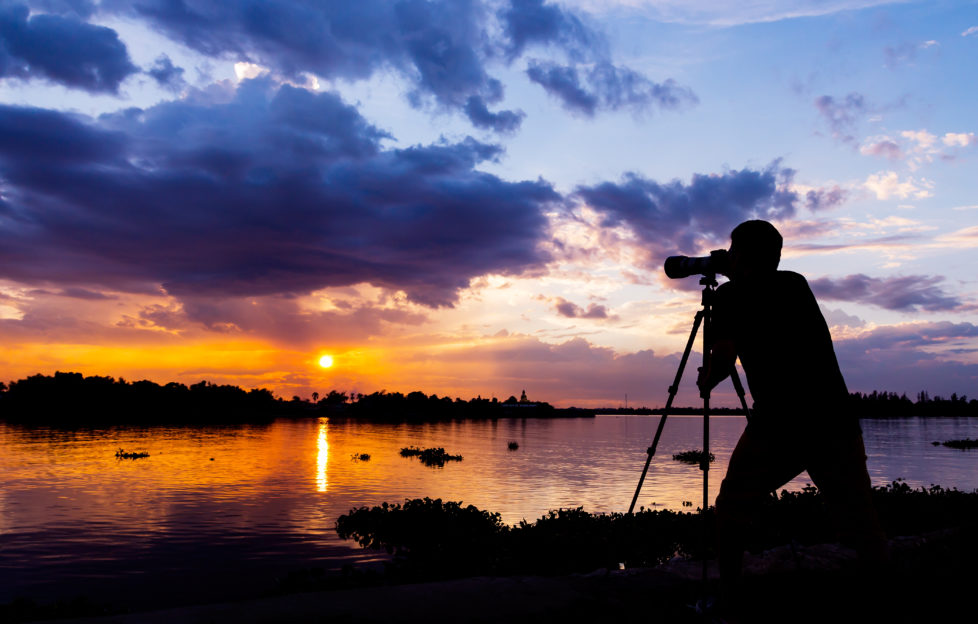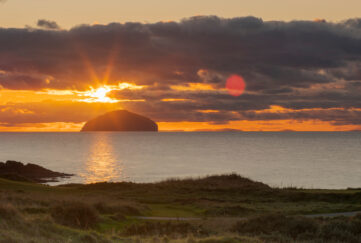Landscape Photography Tips – Keith Fergus

Learn how to take better photographs with our expert, Keith Fergus
ADVANCES in digital technology mean photography’s popularity has soared in recent years.
Compact cameras, phones and tablets are all capable of taking high quality images. Plus, these can instantly be shared with the world via social media.
But I continually hear people say the final image never lives up to expectations. So, over the next few articles, I’m going to pass on some simple tips on how to get the shots you want. In this one, it’s all about the basics, and the first rule is the simplest – get out and about.
EQUIPMENT
Many mistakenly imagine that the more expensive the camera, the better the final image. In fact, the type of camera is almost irrelevant; it’s what you do with it that’s important.
All my images are taken with a Canon DSLR – Digital Single Lens Reflex – camera but the advice below is, generally, applicable to whichever device you use.
As well as the camera body and a decent wide-angle lens, a good sturdy tripod is a worthwhile investment for landscape photography. This slows down the whole process, compelling the photographer to take their time while eliminating camera shake.
LOCATION
It’s best to shoot your local landscape before moving further afield. This way, favourite locations can be reached quickly and any weather anticipated. Plus you don’t have to get up too early for sunrise.
Study a map to gauge the best viewpoints. The golden hours – the hour after sunrise and the hour before sunset – are generally regarded as best for shooting landscapes. The intense, warm colours of the rising or setting sun and long shadows lift an image from good to great.
I use a sunset/sunrise compass to find the position of the sun at different times of the day throughout the year.
Having said that, great images can be taken at any time, so go out with your camera whenever you can – inclement conditions can produce some of the most dramatic imagery.
FILTERS
For most landscape photography, a neutral density graduated filter is necessary to balance the contrast within a scene – typically between the bright sky and considerably darker land.
This optical filter – usually glass or plastic – attaches to the front of your lens with the dark part of the filter covering the bright areas of the scene. By then setting the correct exposure, detail can be held across the whole image.
A polariser filter is another useful addition to the landscape photographer’s bag. Again attaching to the lens, a polariser absorbs reflected light, intensifying colours and removing glare from the surface of water or leaves. It’s useful when shooting autumnal images of rivers and lochs.
Subscribe to The Scots Magazine today and discover more stunning landscape photography >>
Enter our Photographer of the Year 2021 competition (CLICK HERE)





